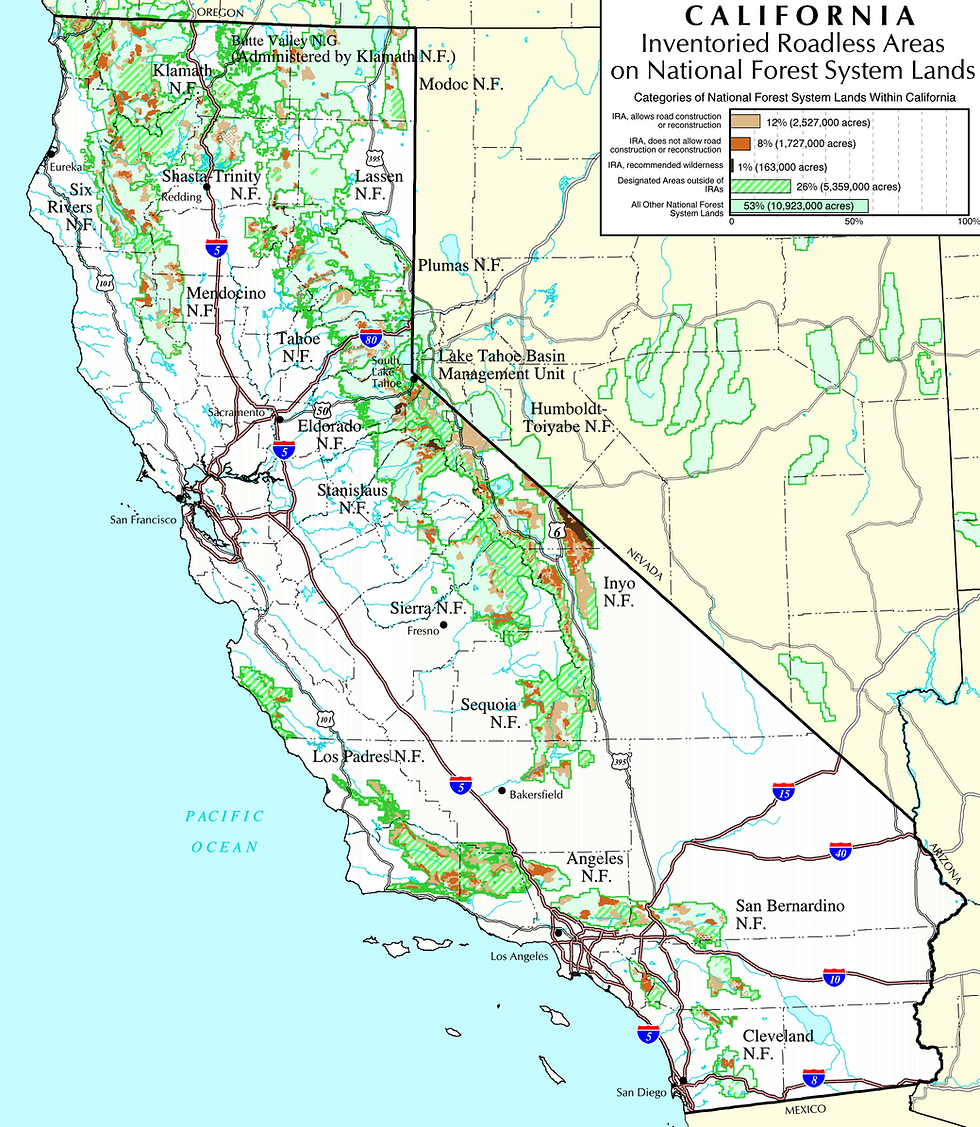Take Action To Protect The Salmon River Watershed, Wildlife, And Wild Salmon Fisheries!
- EPIC Staff
- Oct 5, 2021
- 2 min read
Updated: Aug 30, 2023

The Klamath National Forest is proposing a new timber sale within the Wild and Scenic Salmon River watershed. The Bear Country timber sale includes over 4,000 acres of commercial logging in some of the last fire-resilient mature and old-growth forests in the river canyon, and within some of the only occupied northern spotted owl sites in the region.

Known for its exceptional beauty and rugged canyons, the clear blue pools of the Salmon River are created from the many streams and creeks that drain from the Marble Mountains, Trinity Alps and the Russian Wilderness. This region of the Klamath-Siskiyou Mountains represents some of the most remote intact wild lands and diverse conifer forests in the world. Many streams in the Bear Country project feed into key watersheds, critical for the survival of wild salmon. The Salmon River maintains the only viable spring chinook salmon population in the Klamath River watershed and some of the last completely wild salmon and steelhead runs in the Pacific Northwest.
The recently released Environmental Assessment proposes 4,195 acres of commercial logging, 3,704 acres of which are mostly unlogged mature forest stands. Nearly 800 acres of logging is proposed in streamside areas. The project also includes 15 miles of “temporary” road reconstruction, an estimated 5 miles of new road construction, the creation of 19 new log landings, 2,271 acres of mastication on 24.4 miles of remote ridgeline, 5.2 miles of commercial hazard tree logging, and the use of excavators to reopen previously built dozerlines used to suppress wildfire events. Of this total, 2,330 acres and 3.8 miles of roadside logging is located inside the Eddy Gulch Late Successional Reserve.

Portions of the project appear to be focused on community fire safety, ingress/egress concerns and non-commercial thinning in plantations above Forks of Salmon. However, the project would remove 223 acres of nesting and roosting habitat and 700 acres of foraging habitat for the northern spotted owl “in perpetuity”. Most of the mature forest habitat proposed for removal is within stands designated “critical” to the survival and recovery of this imperiled species. In addition, the Bear Country project would reduce fire resilience and community safety, impact scenic values in the Wild and Scenic Salmon River corridor, degrade Inventoried Roadless Areas as well as habitat for the Pacific fisher and a multitude of other wildlife species.

Disguising mature forest logging as community wildfire safety is counterproductive, irresponsible, disingenuous and dangerous. We can only support the portions of the project that actually promote community fire safety, maintain important wildlife habitat, and support fire resilient forest conditions. Our communities and the incredible Salmon River watershed deserve far better from public land managers, who are threatening both biological and community values with the proposed Bear Country Timber Sale.





Comments